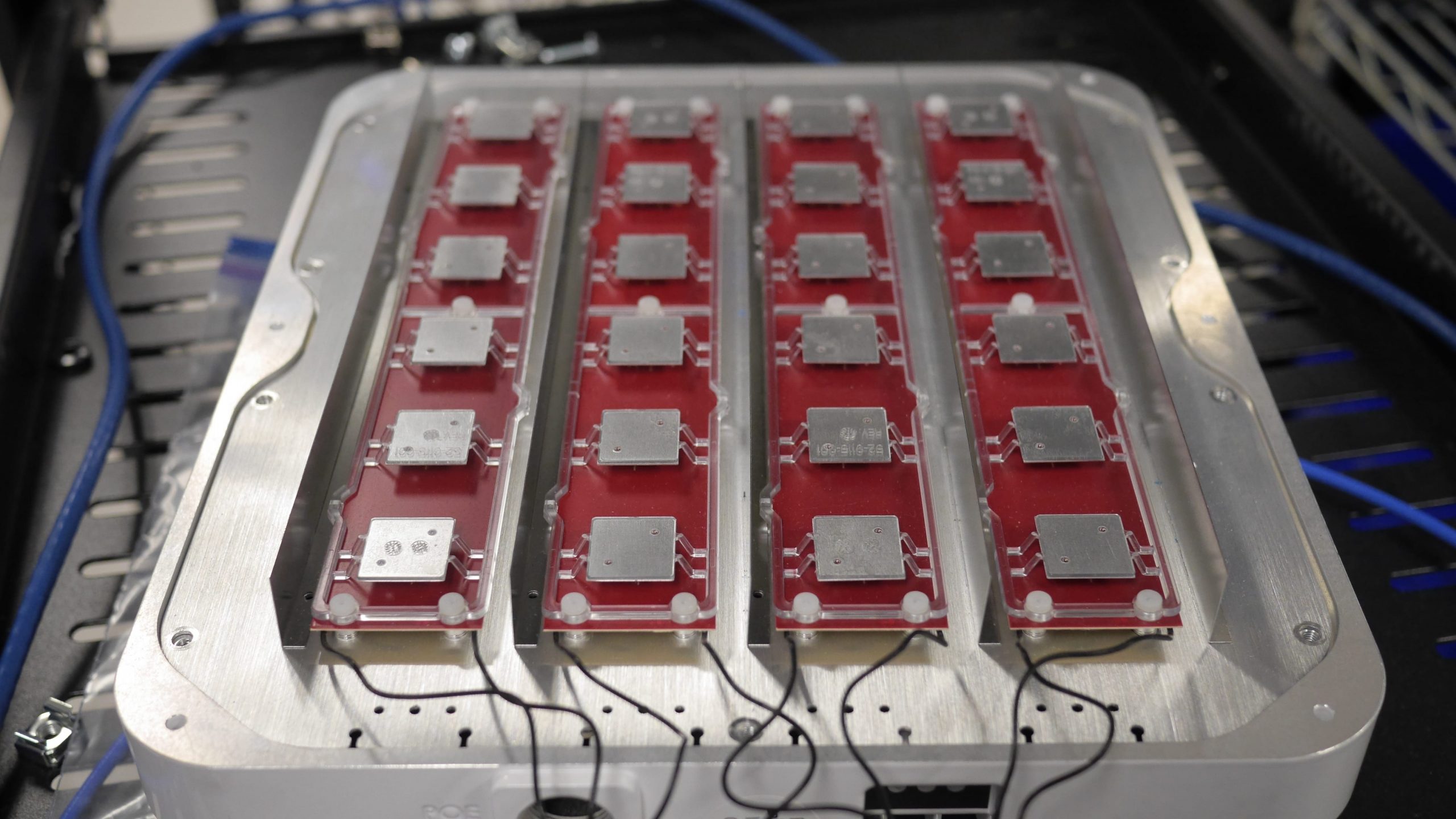This is the first of a series of blogs taking a closer look at what is required by next-generation fixed wireless platforms to deliver the outstanding results typical of this category. For a more comprehensive discussion of all aspects of ngFWA design, download the ngFWA Technology Primer.
If you read our Beamforming Basics blog, you know directivity is fundamental to next-generation radio design and performance. Beamforming is the act of creating a directed transmission.
As a refresher, there are two approaches to beamforming: static beam switching and active beamforming. Static beam switching allows a system to select from among several static beam positions. Static beam switching stations can sense the RF environment, but can’t make fine adjustments to the directionality of the beam. Instead, they must switch to a new preconfigured antenna pattern that’s (hopefully) more appropriately directional.
In contrast, active beamforming senses the RF environment and adjusts the amplitude and phase of the independent radio chains to fine tune the beam directivity, enhancing transmission toward the receiver, and diminishing transmission in the direction of other co-network elements.
Static beam switching offers some benefits, but active beamforming offers much more.
Using multiple independent radio chains, Tarana radio transmitters create beams (regions of transmission enhancement) and nulls (regions of transmission reduction) that continually adjust to maximize throughput and minimize interference. To do this, the devices adjust the phases of independent radio chains so their signals combine constructively to increase power in directions where it will increase overall network efficiency. At the same time, signals can combine destructively (canceling each other out and reducing power) in directions where the signal is undesired, known as RF nulls or RF nulling.
Greater overall performance gains can be achieved by applying these techniques on both transmitted and received signals to increase power while reducing interference and yielding a higher SINR. Optimizing SINR is crucial to increase capacity, peak rates, and spectral efficiency (see Figure 1 below).
NOTE: Spectral efficiency is the amount of information that can be transmitted over a specific amount of bandwidth. It is used to measure how efficiently a wireless system uses the available spectrum and is calculated by dividing the link capacity in bits per second by the spectrum bandwidth in Hertz. The result is a value measured in bits per second per Hertz (bits/Hz). We talk about this more in a previous blog, The Importance of Spectral Efficiency.
Beams and nulls can be formed at both ends of a link. However, to do this, radios at both ends must have sufficient radio chains, antennas, and processing power to model the channel accurately and take appropriate action. This type of CPE intelligence is typically lacking in legacy FWA systems, hence why they tend to perform poorly despite claims to do beamforming and nulling. The high precision of G1’s multidimensional digital model of the channel in turn enables much higher precision in beam directionality and deeper nulls. The more directional the beam, the higher the gain and stronger the signal. The deeper the nulls, the more unwanted interference can be avoided on Tx and rejected on Rx. All of this combines to yield higher SINR (see Figure 2 below).
To improve our beamforming solutions further, G1 radios coordinate with each other in a learning process (see Figure 3 below). Tarana’s patented auto-convergent retrodirective beamforming (ACRB) provides continuous feedback on the quality of the solution to converge and maintain quickly and autonomously on optimal antenna patterns. With ACRB, each beamformer uses the best possible solution to improve RF cell capacity even at cell edges to a degree not possible with any other technology.
While legacy systems exist that make use of beamforming, only G1 takes full advantage of the benefits of collaborative learning, precise beams, and deep nulls to create robust FWA networks that are resilient and high performing. This is critical for operators looking to deploy gigabit speeds at scale, even on busy towers where co-interference is a concern.
If you just can’t wait to learn more, check out our other blogs or some of our favorite customer links. Or reach out to us at info@taranawireless.com. We’d love to hear from you.


